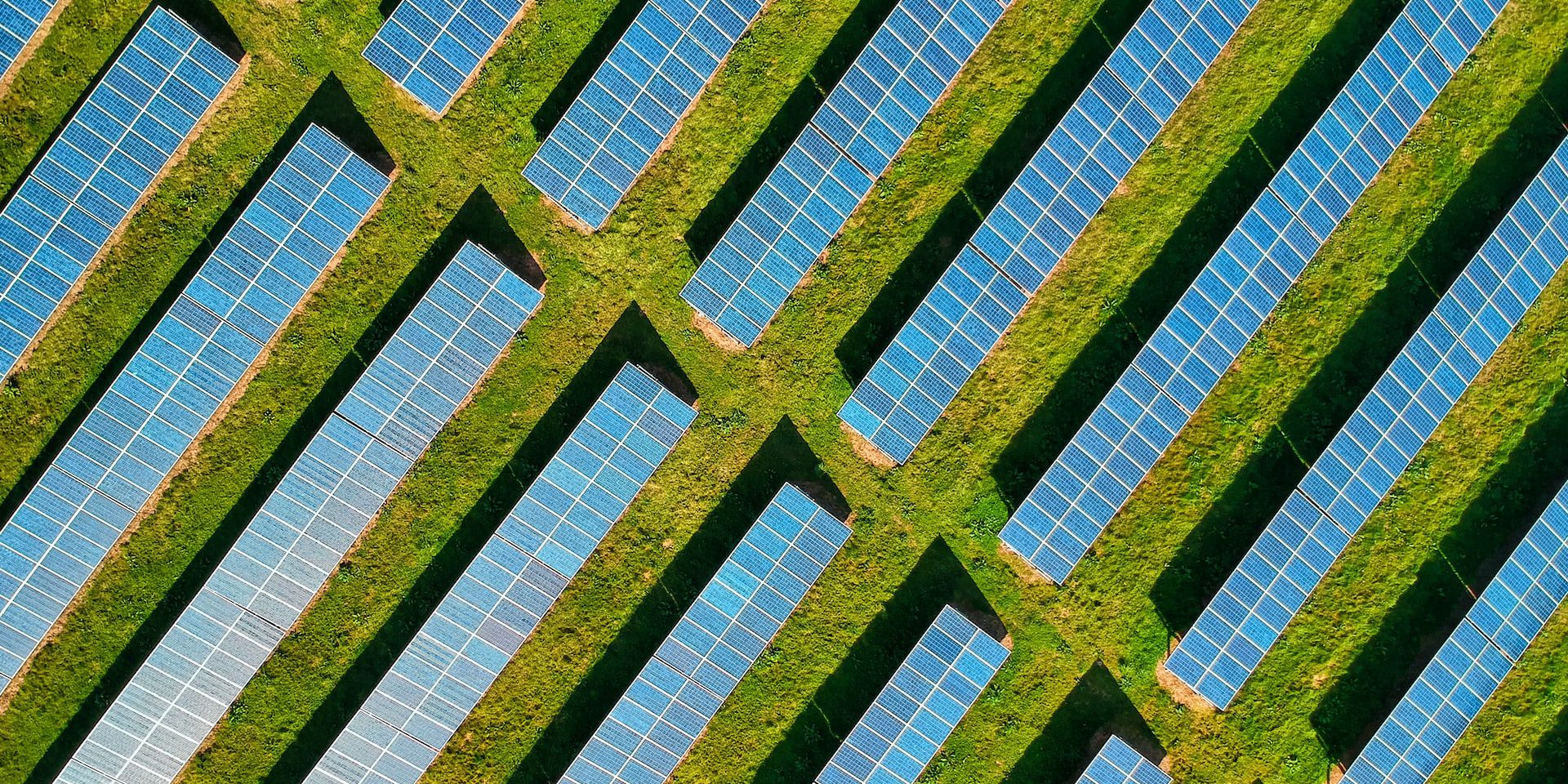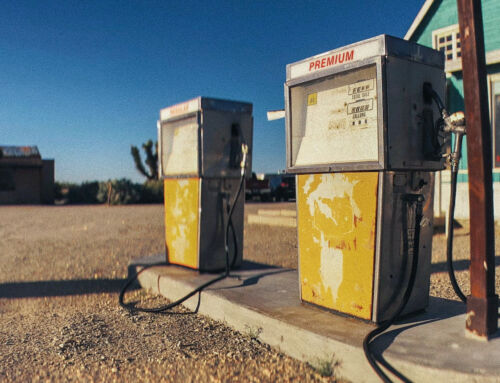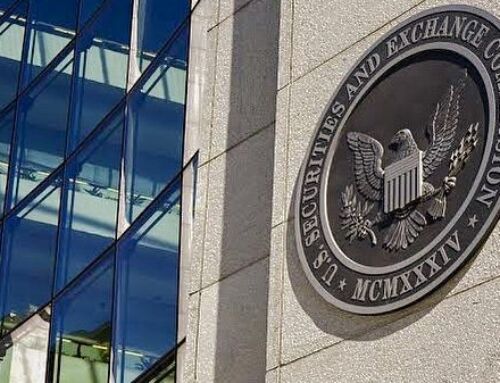View by Topic
Recent Articles
-
Congress Blocks California’s Gasoline Car BanSaturday, May 31st, 2025
-
EPA Will Keep Current Limits for “Forever Chemicals” in Drinking WaterSaturday, May 24th, 2025
-
Court Indefinitely Pauses SEC Climate Rule LitigationSaturday, May 17th, 2025
-
Maryland is About to Regulate Mold But is the Cart Before the HorseSaturday, May 10th, 2025
View by Month/Year
“Green Building Law Update” Headlines
Recent Articles & News from
Stuart Kaplow’s blog
at GreenBuildingLawUpdate.com
- Congress Blocks California’s Gasoline Car Ban: A Legal and Policy Analysis June 1, 2025
- EPA Will Keep Current Limits for “Forever Chemicals” in Drinking Water May 25, 2025
- Court Indefinitely Pauses SEC Climate Rule Litigation May 18, 2025
- Maryland is About to Regulate Mold: But is the Cart Before the Horse? May 11, 2025
Subscribe to the Green Building Law Update!
Stuart Kaplow brings his expertise and extensive experience to the table with his unique digital publication, "Green Building Law Update". Subscribers receive regular updates to keep them informed about important issues surrounding Environmental Law, Green Building & Real Estate Law, as well as the emerging demand for Environmental Social Governance (ESG).
Get fresh content through the lense of Stuart Kaplow's cutting-edge expertise, innovative commentary and insider perspective. Don't miss another issue! Subscribe below.

Non Profits can Receive a Direct Payment for 30% of Their Solar Energy System Costs
Despite that The Inflation Reduction Act of 2022 was signed into law last August 16 and that it is a broad and wide legislative effort that does a lot in more than 500 pages from lowing prescription drug prices to investing in clean energy, the single question we respond to, week in and week out, are queries surrounding the new direct pay option that allows not for profit organizations to benefit from a significant tax incentive even though they do not pay taxes.
Non profits can now receive a direct payment from the Federal government for 30% of their total solar energy system installation costs, making solar installation more affordable.
Admittedly scaled down in dollars from its first iteration as The Build Back Better Act, this Federal budget reconciliation bill broadened its breadth to gather votes such that following a vote a rama, the Senate passed the bill (as amended to gather constituencies) on a 51–50 vote, with all Democrats voting in favor, all Republicans opposed, and the Vice President breaking the tie. The House passed the bill on a 220–207 vote, with all Democrats voting in favor and all Republicans voting against it. And that final enactment provides any organization that has tax exempt status with the federal government is eligible for the nonprofit solar tax credit direct pay option. This includes public schools and universities, government buildings and organizations, charities, and other non-profits, as well as religious organizations.
Specifically, The Inflation Reduction Act modifies and more broadly extends the clean energy Investment Tax Credit to provide a 30% credit for qualifying investments in wind, solar, energy storage, and other renewable energy projects that meet prevailing wage standards and employ a sufficient proportion of qualified apprentices from registered apprenticeship programs. The Act now allows state, local, and Tribal governments, as well as non profit organizations and other tax exempt entities, such as rural electric cooperatives, to receive certain tax credits as payments, expanding the range of actors that will have a direct incentive to invest in clean energy.
To further promote broad based clean energy investment across the country, the Inflation Reduction Act allows these actors to receive certain tax credits as direct payments from the Internal Revenue Service, streamlining these entities’ access to key incentives and supporting their investments in greenhouse gas reduction.
This is significant when more than 10% of companies in the U.S. are non profits. In some metro areas from Boston to San Francisco and Santa Fe to Baltimore, the percentage is more than double that. And that non profits are often driven by a moral imperative that includes doing the right thing even when their specific mission may not be natural environment related so that the core values of non profits will make them elephantine participants in the marketplace of solar panels.
For forethinking entities, this incentive also allows it to be leveraged with other donations and growing numbers of community solar programs authorized around the country, maximizing funds available for the non profit, including lowering ongoing electricity costs while repairing the planet.
Additionally, clean energy use is among the nonfinancial ESG criteria for all businesses, but in particular non profits must increasingly consider to stay relevant to their stakeholders from donors and board members to program beneficiaries to regulators.
So again, this provision of the Act will be particularly efficacious because non profits will punch above their weight class.
If there is something that may slow down market uptake, a significant number of the non profits we speak with are concerned the global solar panel supply chain relies heavily on government forced labor from China, and they can not accept the moral equivalence of reduced greenhouse gases, even with a 30% tax incentive, with the gross violations of human rights in Xinjiang, China. An increasing number of non profits are specifying only non Uyghur and other slave labor in the supply chain for their solar system.
And while folks may always email or call, yes is the answer to the question, non profits can now receive a direct payment from the U.S. Treasury for 30% of their total solar energy system installation costs.
This Tuesday, February 21 at 9 am ET, is our live webinar “New Rules for Environmental Site Assessments,” 30 talking points in 30 minutes, presented by Stuart Kaplow and Nancy Hudes on behalf of ESG Legal Solutions, LLC. The webinar is complimentary, but you must register here.









